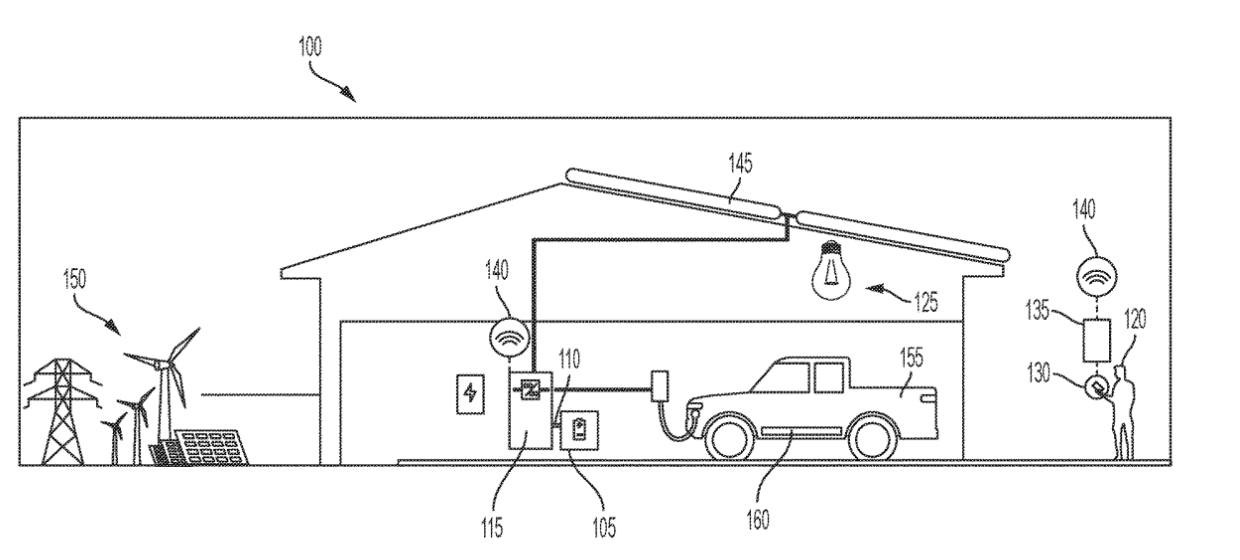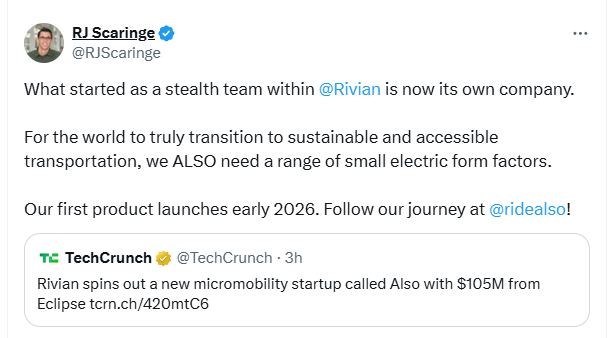Rivian's Digital Core: Advancing the Architecture Tesla Pioneered, Sidestepping Legacy Complexity
April 30, 2025

Comparison of Rivian's first generation (17 ECUs) and second generation (7 ECUs) electrical architecture. Image credit: Rivian
Rivian vehicles are distinguished not just by their adventurous spirit and electric powertrain, but by a sophisticated underlying technology: an advanced electrical architecture featuring a significantly reduced number of powerful electronic control units (ECUs). This modern approach, crucial for a software-defined vehicle, builds upon the foundational steps taken by Tesla, which innovated by centralizing vehicle computing to enable advanced features and over-the-air updates.
Rivian has evolved this philosophy with its second-generation models, adopting a zonal architecture. This move represents a stark contrast to the traditional automotive norm of distributing control among potentially over a hundred specialized ECUs. By consolidating from 17 ECUs in their first generation down to just 7, Rivian has fundamentally reshaped the vehicle's electronic backbone.
This consolidation and zonal design yield substantial benefits: a simpler, lighter wiring harness (eliminating 1.6 miles of wire in Gen 2), increased manufacturing efficiency, faster system communication, and a robust platform for software innovation. With a large portion of software developed in-house, Rivian can continuously enhance its vehicles and introduce new capabilities via seamless over-the-air updates.
This modern architecture highlights a significant hurdle for legacy automakers, particularly due to their long-established electrical architectures and deep reliance on a complex web of ECU suppliers. Traditional manufacturers often source a multitude of dedicated ECUs from various Tier 1 suppliers, each controlling specific functions. This creates a highly fragmented hardware and software ecosystem that is challenging to overhaul.
Rivian CEO R.J. Scaringe has publicly addressed the complexities arising from this traditional structure. When discussing the difficulties encountered in potential platform-sharing partnerships with established automakers, Scaringe pointed directly to the disparity: "What is, in every case, always the challenge is getting the network architectures of Rivian's platform and those other manufacturers that we've talked to work together." He elaborated on the difficulty of integrating a "top hat from a traditional company that's using lots and lots of supplier source ECUs" with Rivian's platform which "has very few ECUs," calling it "a challenge in every possible way" and the "biggest boundary."
This quote underscores a key reason why legacy automakers struggle to quickly adopt a Rivian-like consolidated architecture. Their existing systems are built upon decades of adding individual ECUs and are heavily intertwined with supplier relationships centered around this model. Moving to a centralized, software-defined system requires not only immense technical re-engineering and the development of integrated software platforms but also a fundamental shift in their supply chain strategy and internal organizational structures. Essentially, if a legacy auto company wants a feature, powered seats for example– they get the seat from the supplier and the powered feature comes with its own ECU. That's true with all other components– so getting each component to talk to each other in a network, all from different suppliers, is essentially impossible. The technical debt and the inertia of these established processes make a rapid, clean-sheet redesign incredibly difficult compared to a company starting fresh.
By embracing a consolidated, zonal ECU architecture, building extensively on the path Tesla forged, Rivian has created a more integrated, efficient, and future-proof vehicle platform. This strategic advantage, which simplifies manufacturing and enables continuous software-driven improvement, is a key differentiator in the electric vehicle landscape and highlights the scale of the technological transformation facing the broader automotive industry.


